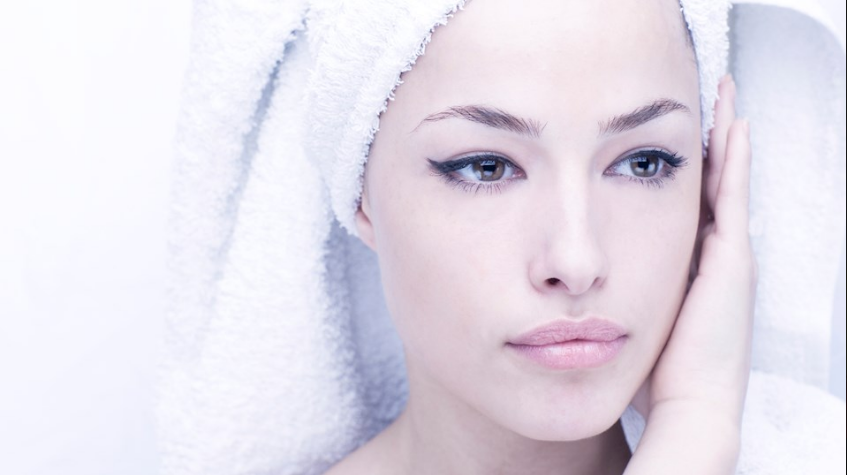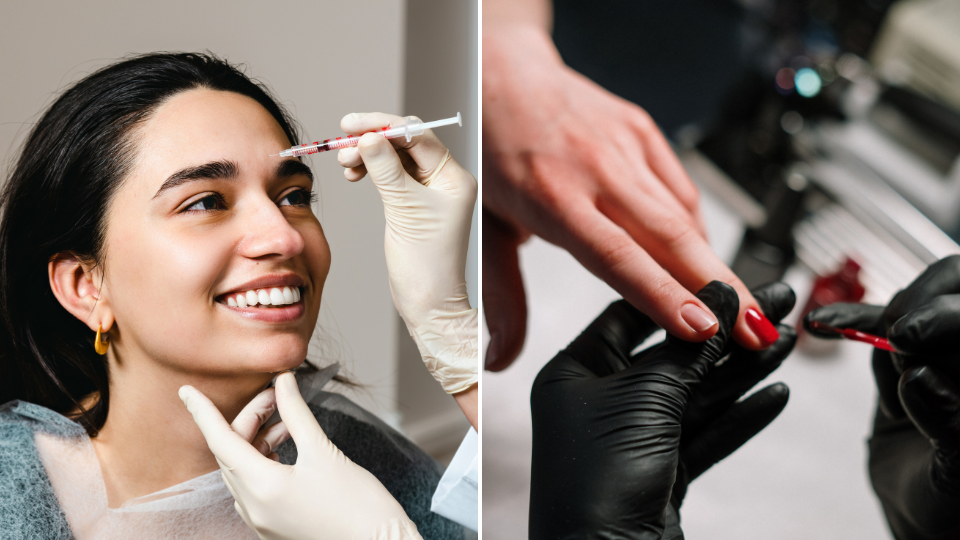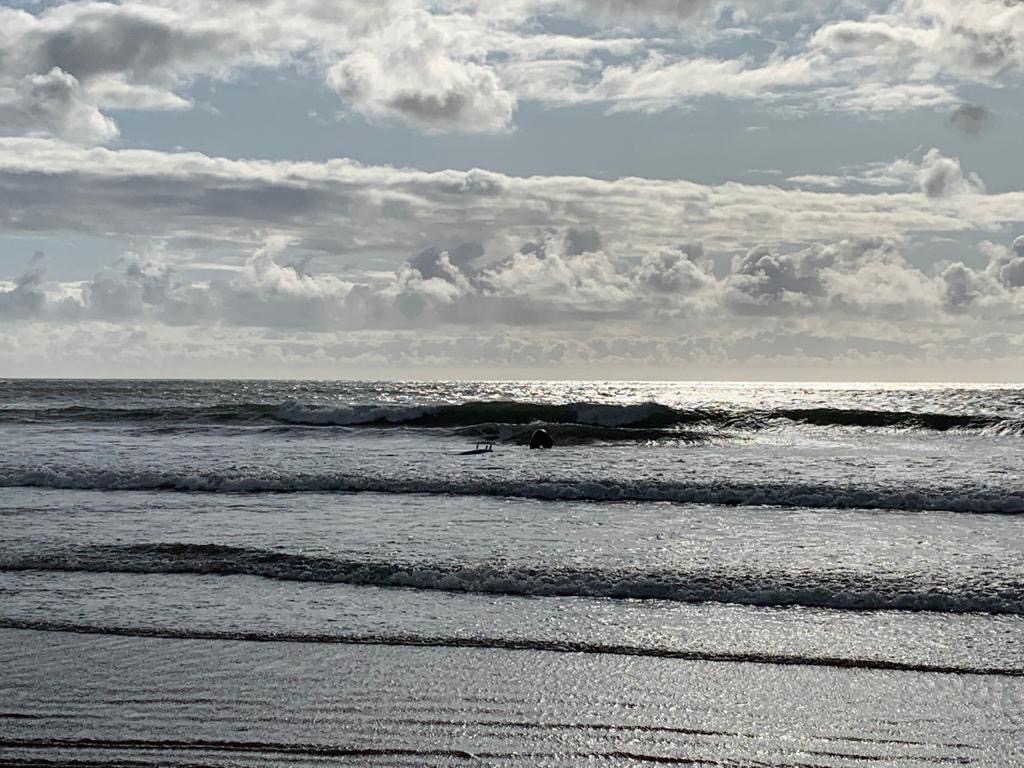Advanced Skin Treatments: A Guide
At Woodlands, in addition to our relaxing, hands on facials, we also offer a variety of advanced skin treatments that are extremely effective at combating different skin concerns. While all of our beauty therapists have exceptional knowledge of the skin and are happy to explain and advise on all of the treatments available, we know that it can be useful for you as a client to have a general understanding of what’s on offer, so that you’re not overwhelmed with information! With that in mind, we’ve put together this quick “cheat sheet” so that you can see a full rundown of all of our treatments and what they do.


Dermaplaning
What is it? Dermaplaning is a manual exfoliation treatment that uses a small surgical blade to gently scrape away the layer of dead skin cells that sit on the surface of the skin. It also removes the fluffy vellus hair, or “peach fuzz”, leaving you with incredibly smooth, soft and glowing skin.
What’s it good for? The exfoliation provided by dermaplaning makes it a great treatment for skin that is looking a bit dull and tired. Aside from the blade and an optional mask at the end of the treatment, no harsh products are used so it’s suitable for people with more sensitive skin types. There is virtually no downtime required following dermaplaning, so it’s perfect if you’ve got a special occasion coming up.
Is it painful? Not at all. You will feel a gentle scraping sensation as the scalpel runs over your skin, but it is never pressed down firmly and never cuts into the skin. Most people find the experience relaxing.

Microdermabrasion
What is it? Another exfoliation treatment, microdermabrasion uses a specialised machine which simultaneously blasts the skin with tiny crystals, while vacuuming away any debris on the surface of the skin.
What’s it good for? Microdermabrasion can really improve congested skin, as well as tightening up and improving the overall tone of the skin. It can also improve the appearance of minor acne scars and fine lines. It is a little more aggressive than dermaplaning, so it’s not ideal for very sensitive skin types or more mature skin.
Is it painful? No, but you may experience a tingling sensation, and some people describe it as feeling a little “scratchy” in certain areas.

Chemical Peel
What is it? A chemical peel is the process of applying an acid or a combination of acids to the skin in order to rejuvenate it and increase cell turnover. There are many, many different types of chemical peel ranging from gentle to intense.
What’s it good for? There are lots of different acids that can be used in a chemical peel and they each have different effects on the skin. A mild peel can exfoliate and brighten the complexion, while a more intense peel will dramatically improve the overall tone of the skin and even reduce or eradicate areas of pigmentation, scarring and wrinkles. Downtime can range from nothing at all for a mild peel, to several days for a more intensive peel that will cause the skin to literally peel off, in a similar way to sunburn.
Is it painful? This depends on the type of peel. Generally, mild peels may feel tingly on the skin, whereas people who undergo intense peels will feel a hot, burning or stinging sensation. The peel solution itself is generally only applied to the skin for no more than a few minutes, so most people are able to tolerate any discomfort for this short time. The therapist will continuously ask you to rate your discomfort on a scale of 1 to 10, so that if it becomes too much, they can quickly neutralise and remove the peel. Afterwards, the skin may continue to feel hot and tight, but this will subside after a few hours.
Skin Resurfacer
What is it? A skin resurfacer is very similar to a peel. Usually made up of a combination of different acids, peptides and stem cells. Like peels, there are various different resurfacers depending on the results you want.
What’s it good for? A course of three resurfacers can give the same results as a peel, but without any downtime, so it’s ideal for people who want to see results but don’t want to have any downtime. Resurfacers can treat a variety of concerns include acne and sun damage. A course of treatments is required for best results and patients are usually required to prep and maintain their skin with specific products at home, so it’s more suitable for people who are willing to invest time in a long-term skincare plan.
Is it painful? Like a peel, a resurfacer can feel tingly or warm on the skin but it is only kept on the skin for a few minutes.

Microneedling
What is it? Microneedling uses lots of very tiny needles to pierce the top layer of the skin in order to stimulate collagen production in the skin. Microneedling can be performed using a either a dermal roller, a small, rolling barrel with needles all over its surface, or a mechanical device that has a needle covered tip which moves up and down over the skin.
What’s it good for? By stimulating collagen production, microneedling can be effective on acne and blemish scars, as well as overall skin rejuvenation.
Is it painful? Microneedling is the only skin treatment offered that uses topical anaesthetic (numbing cream) prior to treatment. The size of the needles used in the treatment are usually between 0.5mm and 1.5mm in length and only pierce the outermost layers of the skin. In certain areas of the face, where the skin is thinner, the procedure can feel a little uncomfortable but the anaesthetic usually minimises this. Afterwards, the skin can feel quite hot and also generally will go very red, like sunburn. This redness will usually settle down by the next day.

LED Phototherapy
What is it? LED Phototherapy is a non-invasive treatment that uses a lamp generating different colours of light to heal and repair the skin.
What’s it good for? The different colours of light have different properties and can be used to help with a number of skin concerns including; acne, rosacea, eczema and skin sensitivity. As a course of up to 6 treatments is usually recommended for best results, LED is not suitable for anyone looking for a “quick-fix” treatment, however, you may see small improvements to your skin after one or two sessions.
Is it painful? No, not at all. You are normally underneath the lamp for around half an hour and most people find it so relaxing they fall asleep!




